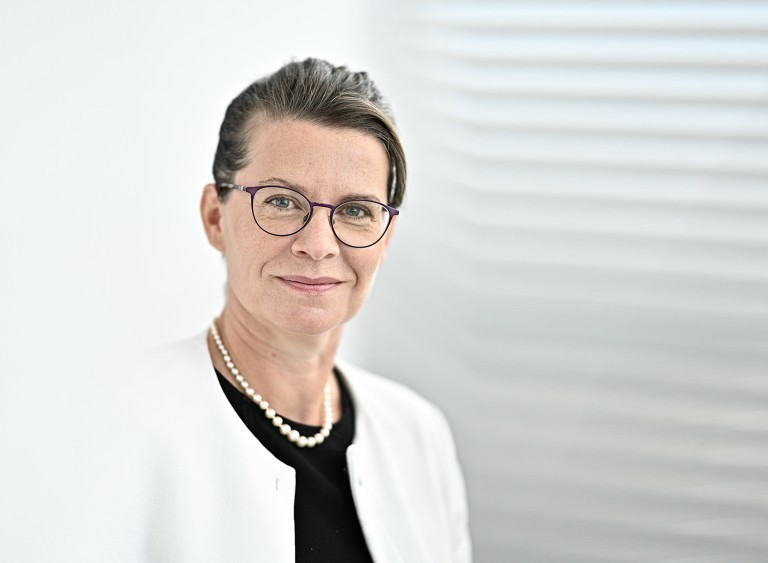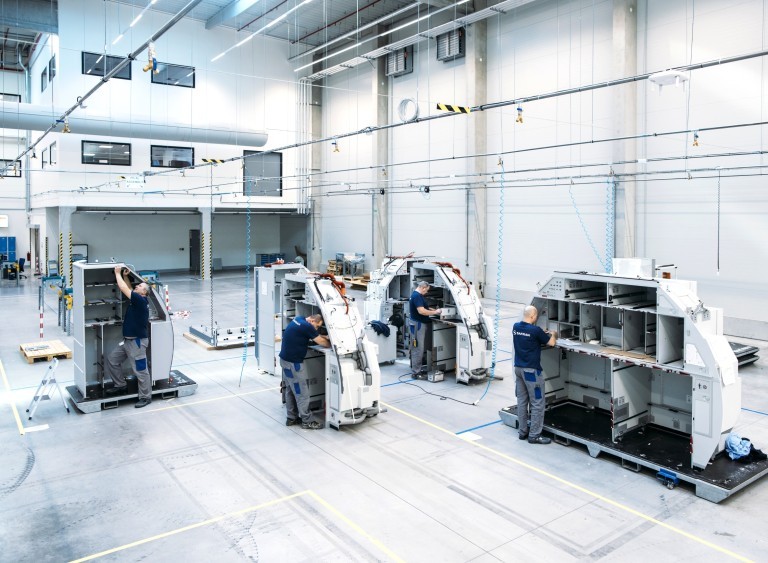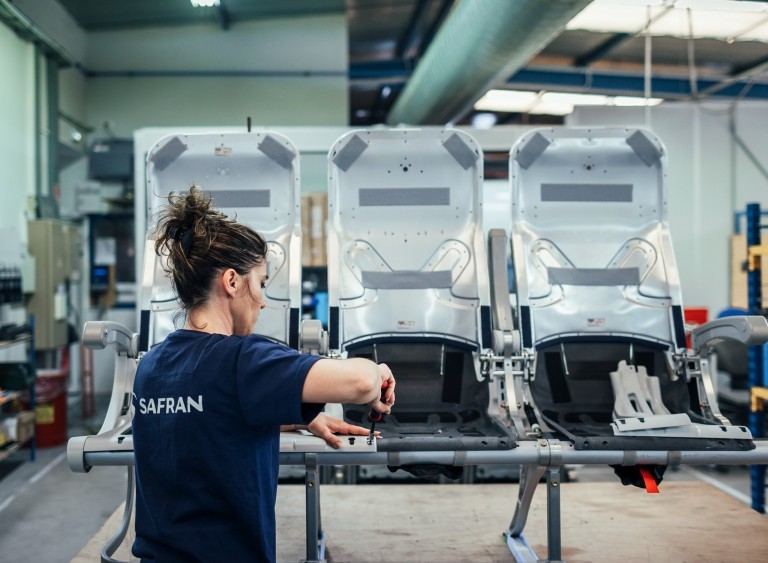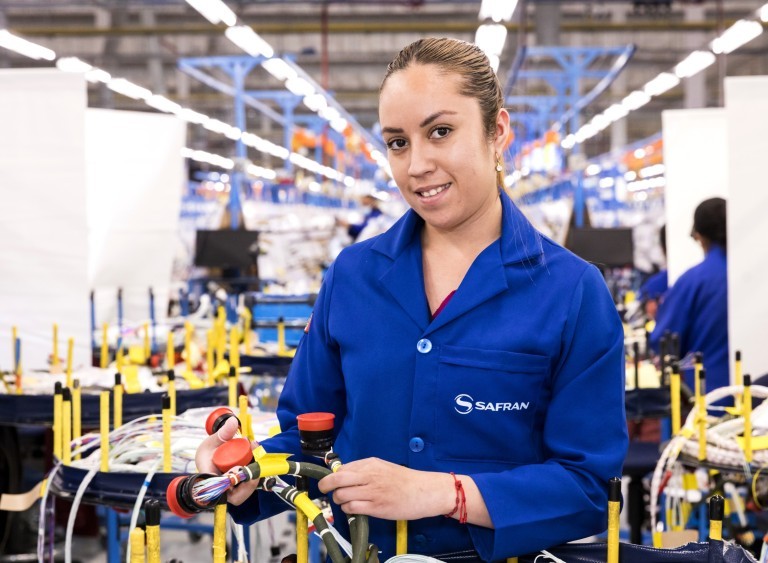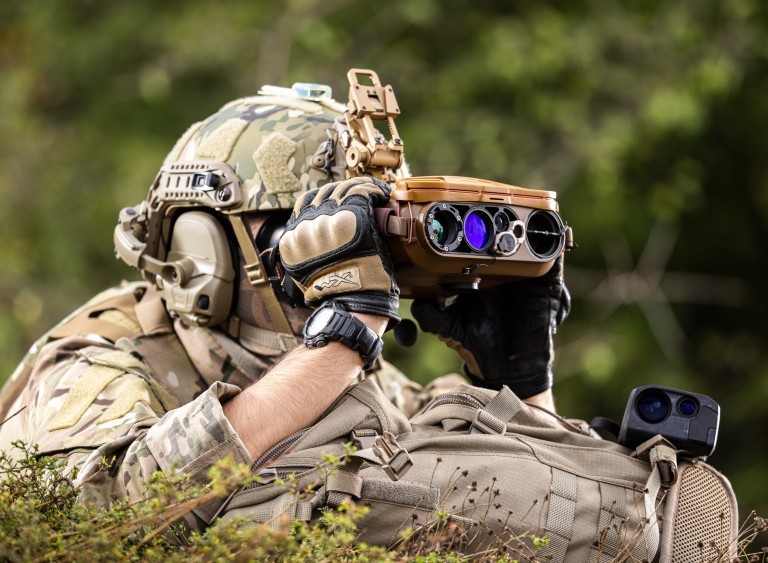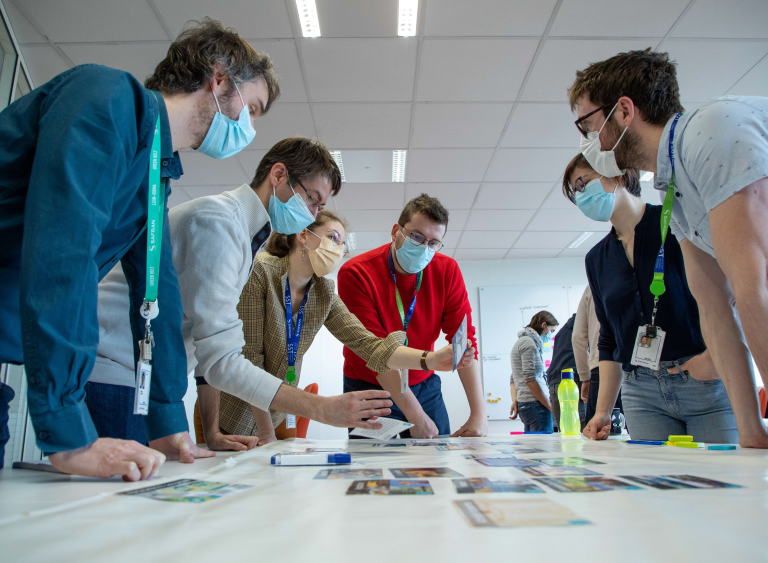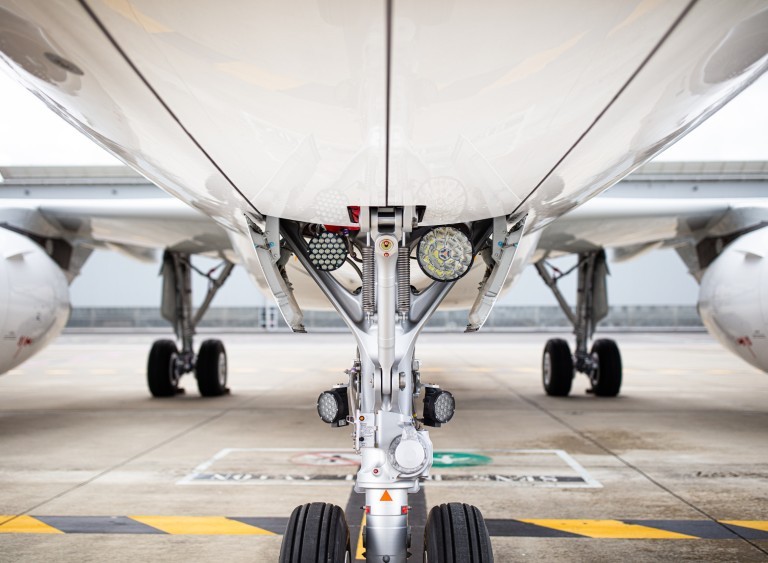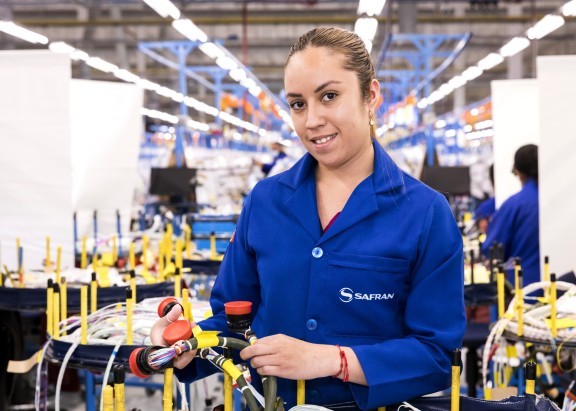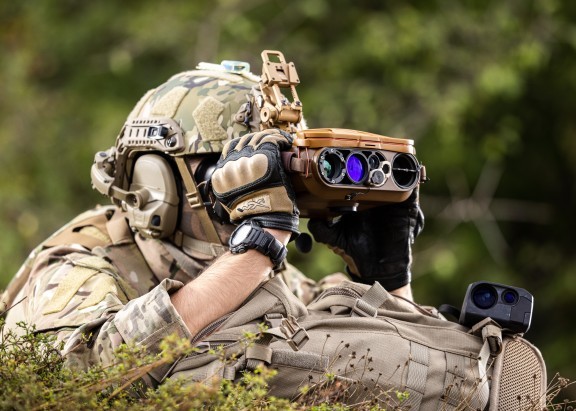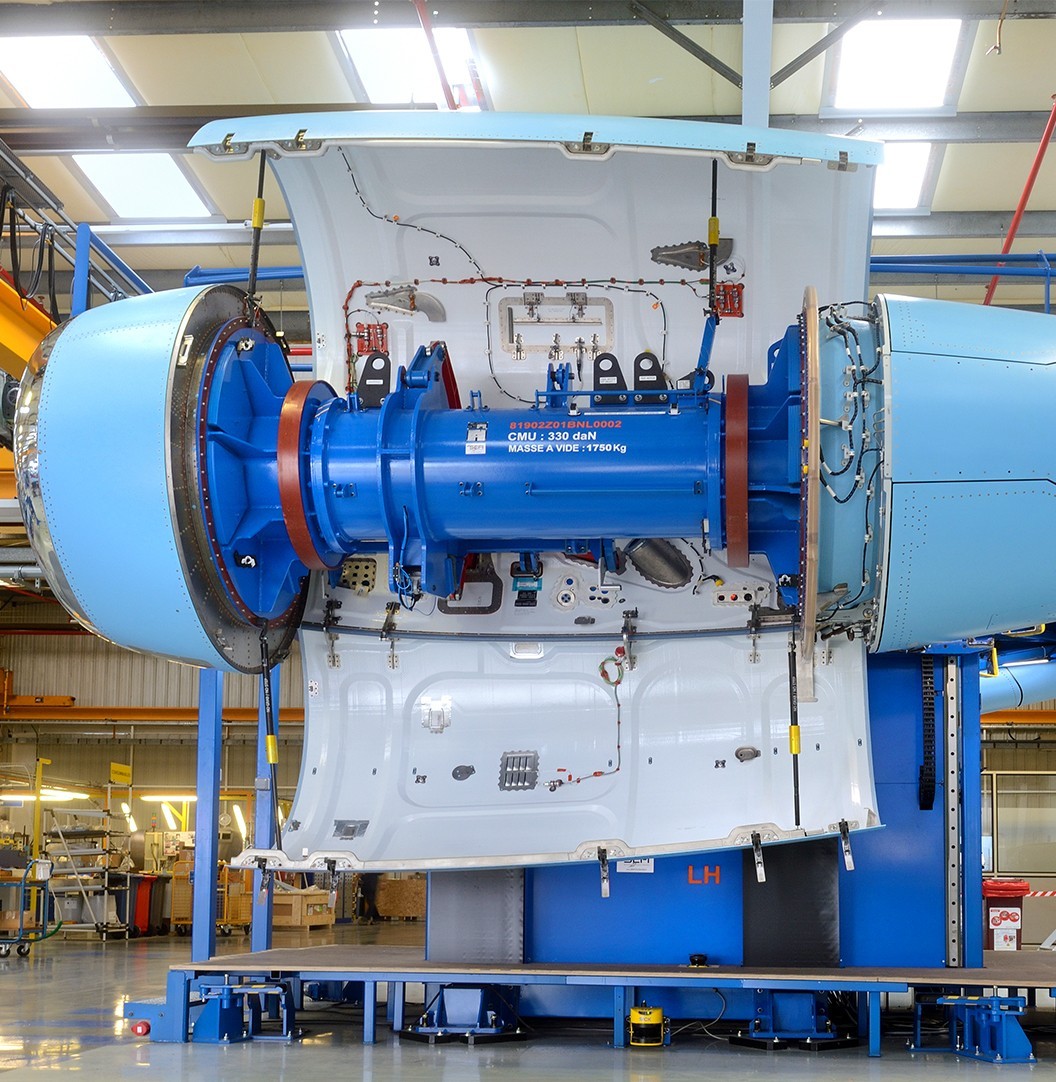
PEARL 700 NACELLE GETTING READY FOR TAKE OFF!
Gulfstream’s new G700 bizjet will enter service in early 2023. There’s a lot at stake for Safran Nacelles in this program, since we’re supplying the nacelles for this twin-engine business jet. From production rates and quality standards to aftersales support, nothing is left to chance. Here we take a look behind the scenes at this closely watched ramp-up.
- Photo Report
- Radar
- At a glance
- Perspective
ike the Rolls-Royce engine that it will protect like a jewel case, the nacelle for the Pearl 700 is a shining example of technology, representing the latest generation of nacelles for long-range widebody bizjets. For Safran Nacelles, it’s also an unprecedented program from several standpoints. “It’s the first complete nacelle that we’re developing and manufacturing on our own,” notes Jean-François Gallardo, program director. “It’s also the first time we’ve been chosen by Gulfstream, which means we have to be certified by the U.S. Federal Aviation Administration, and not its European counterpart (EASA), as for the other aircraft we’ve outfitted.”
Another particularity is that the delivery of production-standard parts started nearly a year before the plane’s entry into service. This was a special request from the planemaker to make sure it could deliver the aircraft to its own customers on time. So deliveries of certain components started in March 2022, whereas the aircraft will only be certified at the end of the year. In addition to its impact on the production schedule, this means that nacelles delivered before the certification will have to be updated. “We’ll have to retrofit several dozen nacelles,” explains Jean-François Gallardo, “which in turn means we must now set up a special retrofit unit near Gulfstream’s facility in Savannah, Georgia.”
“Over and above the production challenges for Safran Nacelles, the Pearl 700 expands Safran’s presence with the business aviation leader, Gulfstream.”
Technical challenges
Safran Nacelles’ engineering teams are therefore playing a very active role in the ramp-up. “We only have three months to develop the detailed design of the certification configuration in the second half of 2022,” notes Fabien Kermarrec, Systems Engineering Manager. “Our challenge is to halve the design and validation cycle in relation to previous configurations.” Other challenges include justifications for production waivers and the associated resolution work, while earning certification for the nacelle, a vast effort that will involve all teams to write some 500 reports!

Production challenges too
Production activities kicked off at the end of 2020. “Initially, we had to set up robust production facilities at all sites involved in this program, in France, UK and Morocco,” says Jérôme Saclier, Industrial Programs Manager. “In fact, we designated several production sources to share the effort and also handle any contingencies that arose.” Safran Nacelles’ logistics system took a major role, all while dealing with the demands of a post-pandemic business recovery.
The first series of pre-production parts, turned out by Le Havre and Burnley in the spring of 2021, provided initial feedback that was communicated to the Casablanca facility, despite Covid-19 restrictions (especially the closure of Moroccan borders for more than three months). The ramp-up was prepared by performing an in-depth analysis of production resources and carrying out so-called boost tests, designed to identify areas to be improved and also control the risks inherent in meeting the targeted production cycle times and rates. The ramp-up translates into nearly 230 nacelles to be delivered by the end of 2023, with a production rate increased seven-fold in just eight months. An absolute first for a bizjet! As Jérôme Saclier points out, “This ramp-up is as heady as the one we experienced on the A320neo nacelle.”
In addition to this production challenge, there’s also the challenge of assembling the nacelle – for a premium bizjet like the G700, assembly has to be flawless. “Some parts have to fit together to within a few tenths of a millimeter,” explains Jérôme Saclier. “And on large components like this, that’s a very technically demanding operation.”
As we head into the home stretch, everybody at Safran Nacelles is more than ever mobilized to ensure the success of this key program.
(1) The nacelle comprises several modules: air inlet, engine cowls and a thrust reverser (on some nacelles).
(2) Federal Aviation Administration (FAA).
(3) European Union Aviation Safety Agency (EASA).
NATHALIE GODIN MARSAT
Pearl 700 Support Program Manager
“Aftersales support must be organized well before a plane enters service. In particular, this means writing the maintenance documentation that will allow operators to carry out simple servicing of their nacelles “on wing”, and let MRO shops perform more complex operations. We also have to provide the tools and spare parts needed by our two maintenance facilities for this aircraft, in France and the United States. Lastly, we have to deliver certain spare parts to Rolls-Royce as well as to our own facilities to address AOG (Aircraft on Ground) situations, while getting the plane back in the air as quickly as possible. To do this, we need to foster the buy-in of suppliers (component manufacturers and some repair shops), so they’re aligned with our own timetable. Furthermore, we must comply with Gulfstream’s requirements, far exceeding current market standards in terms of parts availability, repair turnaround and response time to technical requests.”

